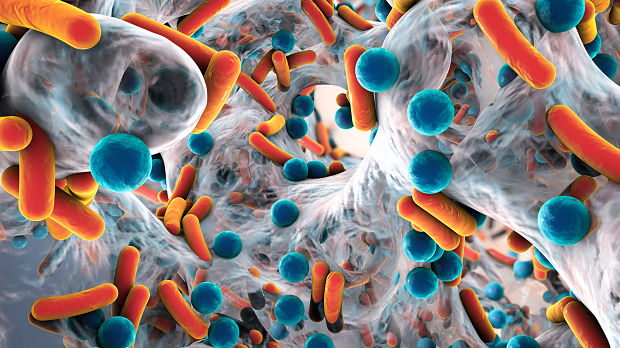
Moving Towards Using Cutaneous Microbiome Information to Tailor Treatments
Studying the skin’s microbiome has led to many discoveries about the extent and composition of the cutaneous microbiome. Skin-specific (skin site and skin microenvironment), individual-specific (hygiene, sex, age and hormonal status), disease-specific (atopic eczema, acne) and genetic factors can all influence the cutaneous microbiome. As sciences discovers more and more about how the microbiome functions, interest has shifted to defining how it may work in certain diseases and to inform treatment.
A recent study looked at the role of the microbiome in psoriasis and to outline how microbiome studies can be used to provide insights into disease pathogenesis and treatment selection. Authors focused on the use of 16S ribosomal RNA sequencing and how it may reveal the interindividual and intraindividual diversity of the cutaneous microbiome and its role in health and chronic inflammatory diseases, particularly psoriasis.
The authors note that to-date, much of microbiome research is descriptive. In order to use this descriptive data to influence patient care, the authors suggest that there needs to be a set of basic, but detailed, reporting criteria, that includes study population, methods of sample procurement and processing and data analysis, in order to help interpret microbiome data. They also believe that future studies should also concentrate on addressing specific research questions and determining which regions of the 16S gene are best targeted. If we can clearly establish the extent to which bacteria play a role in the pathogenesis of psoriasis, for example, that could provide a rationale for antibacterial therapy in an age of increasing antibiotic resistance. In addition, microbiome research could ultimately aid treatment selection or even predict treatment response on an individualized level.
Byline: Martha L. Sikes, MS, RPh, PA-C
Posted: June 4, 2018
Source: Wiley Online Library
Adapted from the original article.
[Image: Kateryna Kon / Shutterstock]







